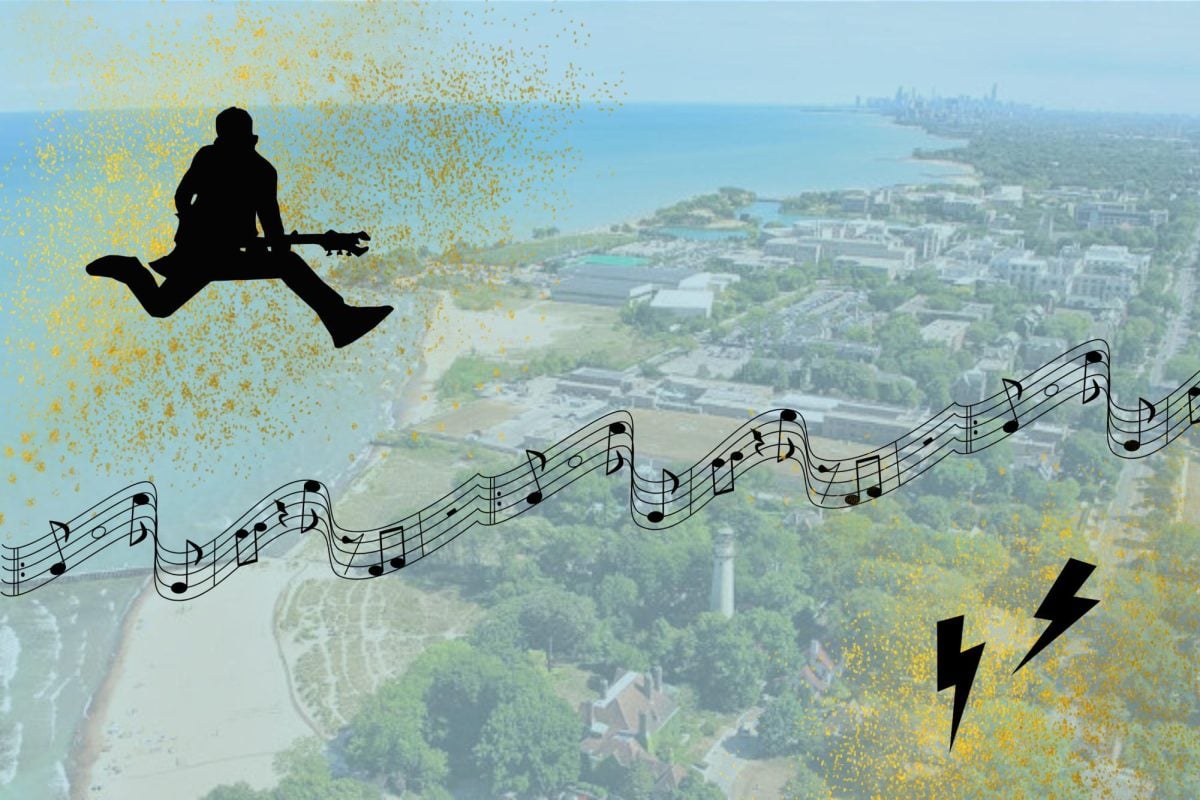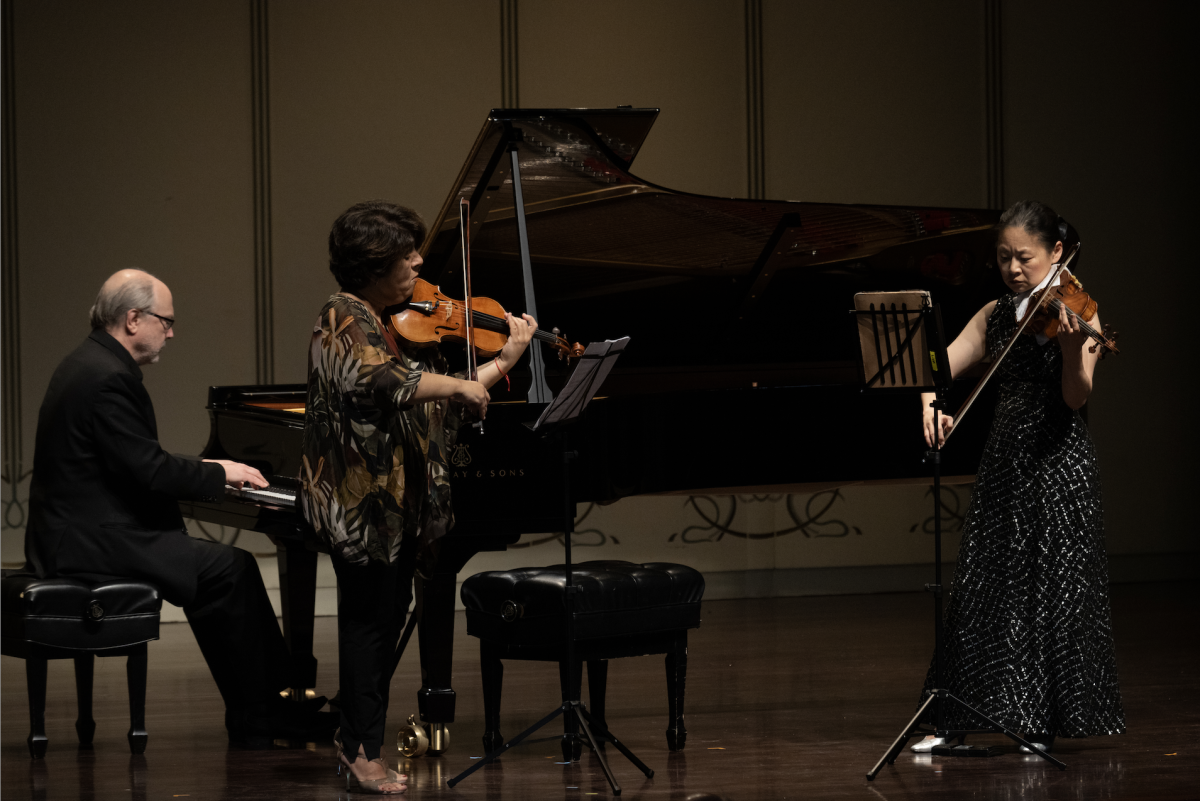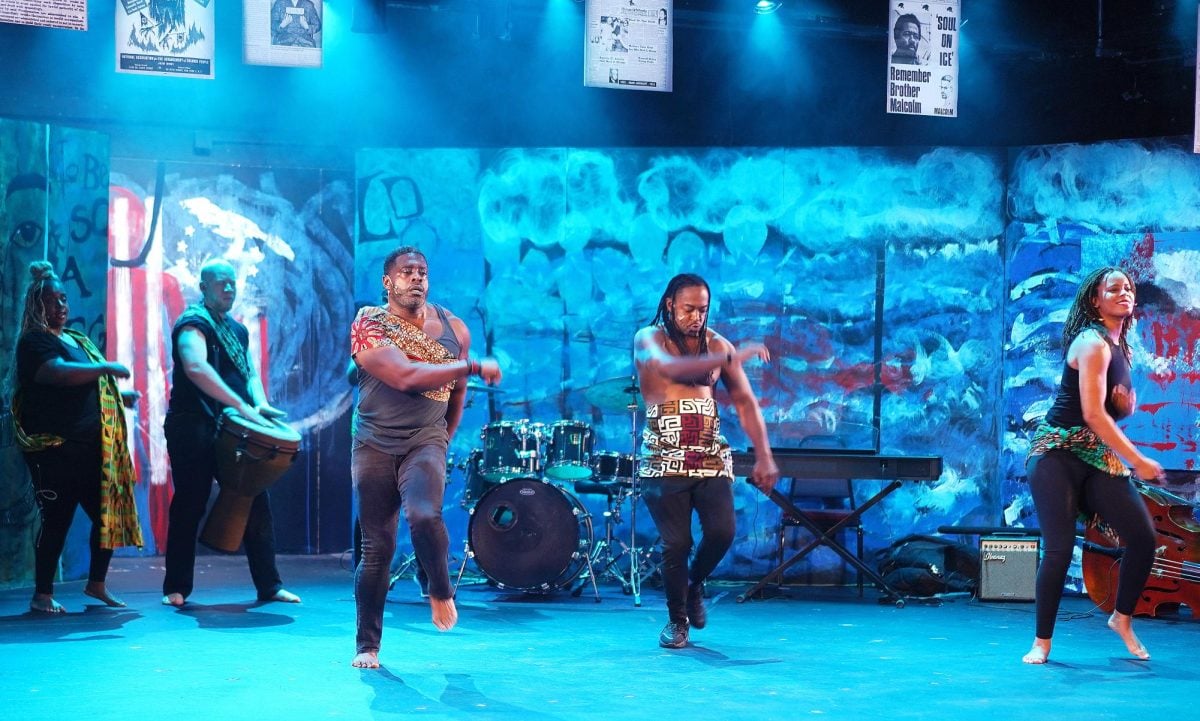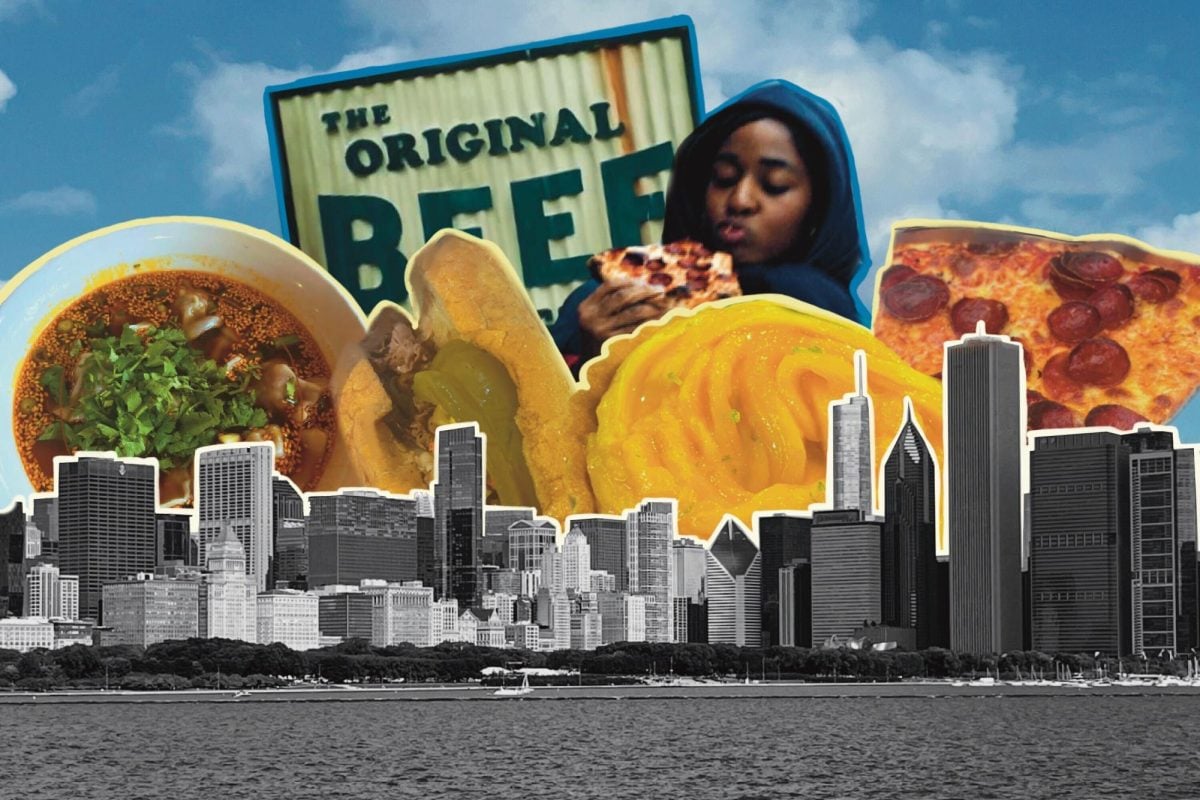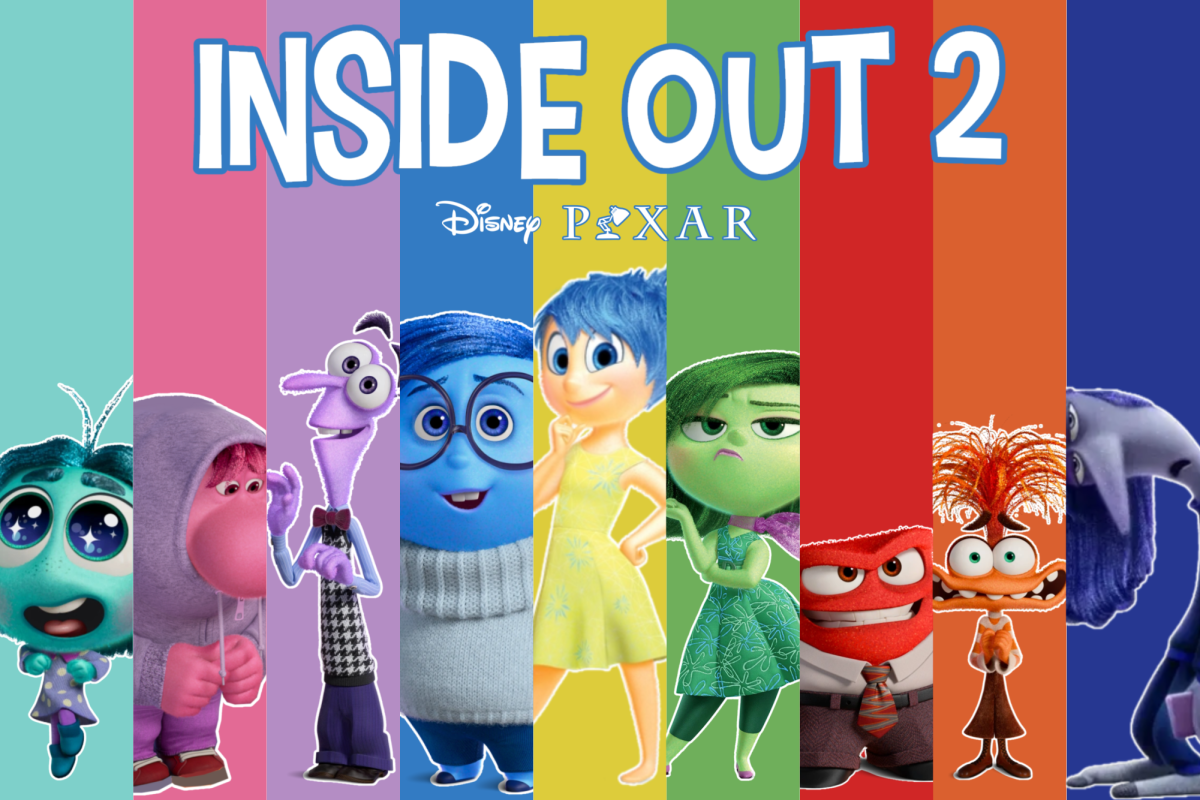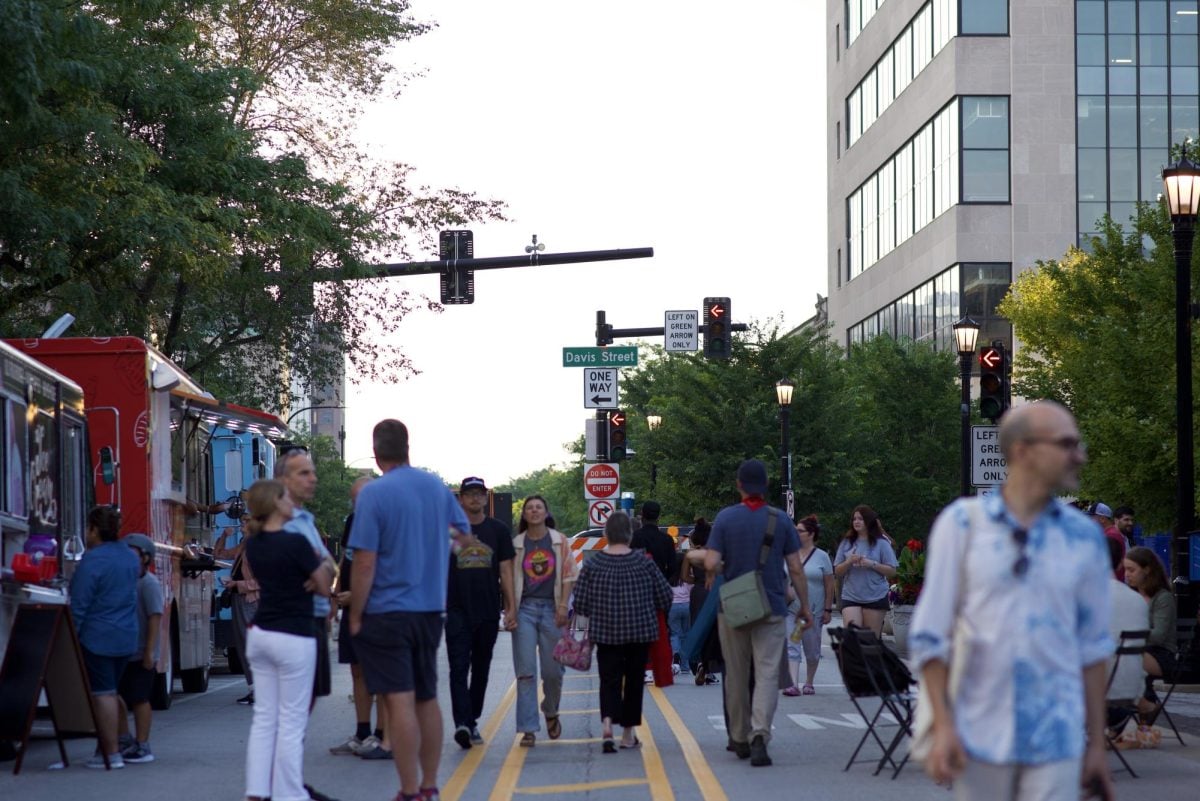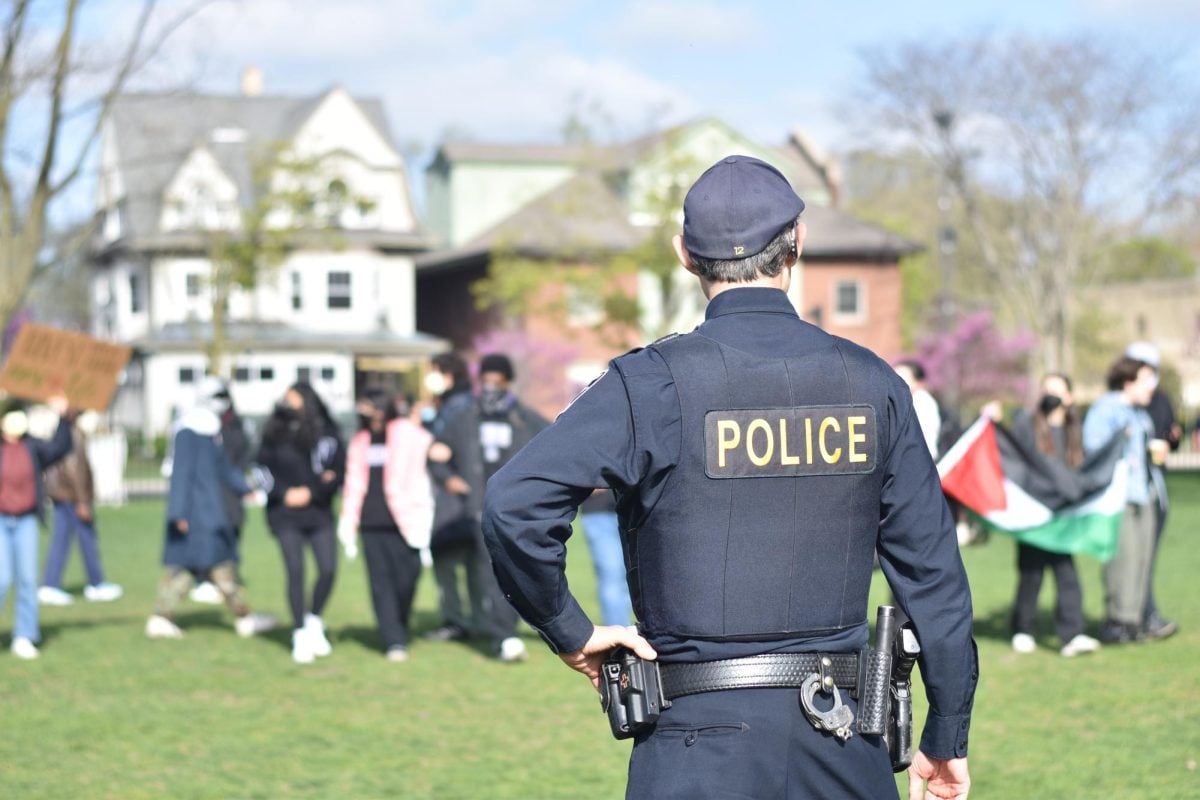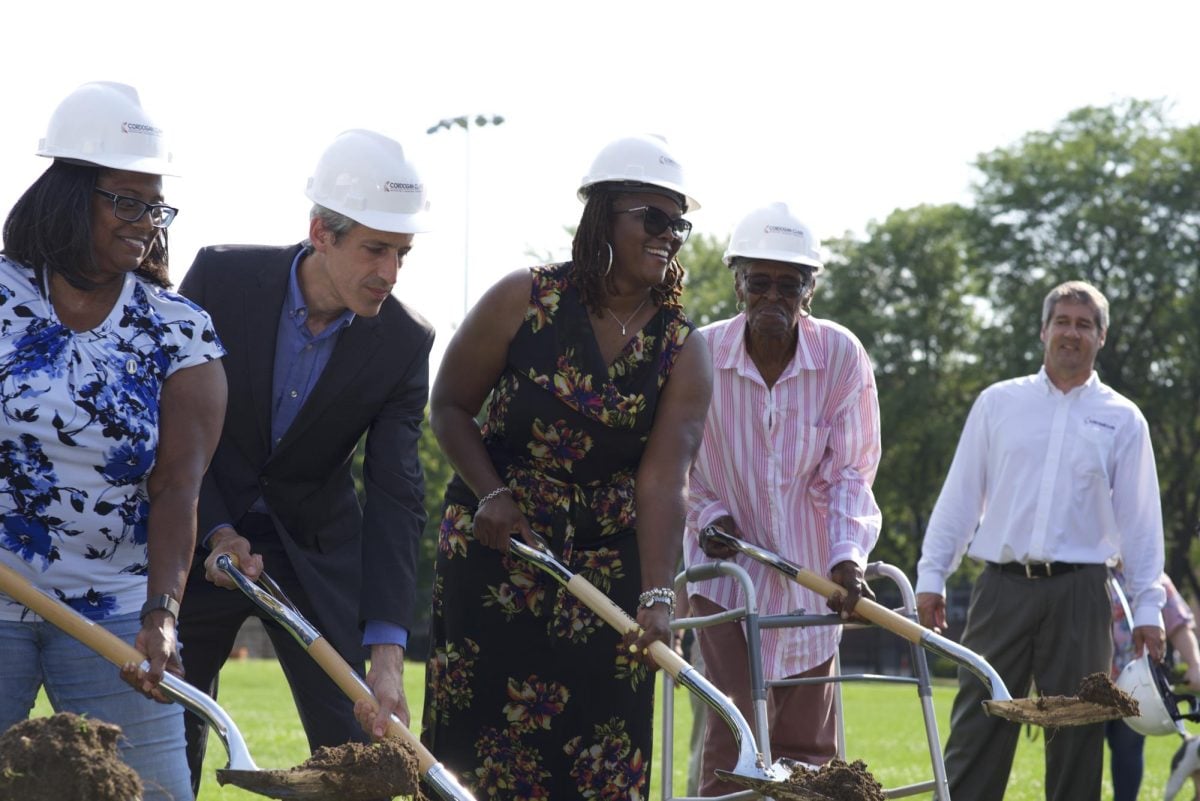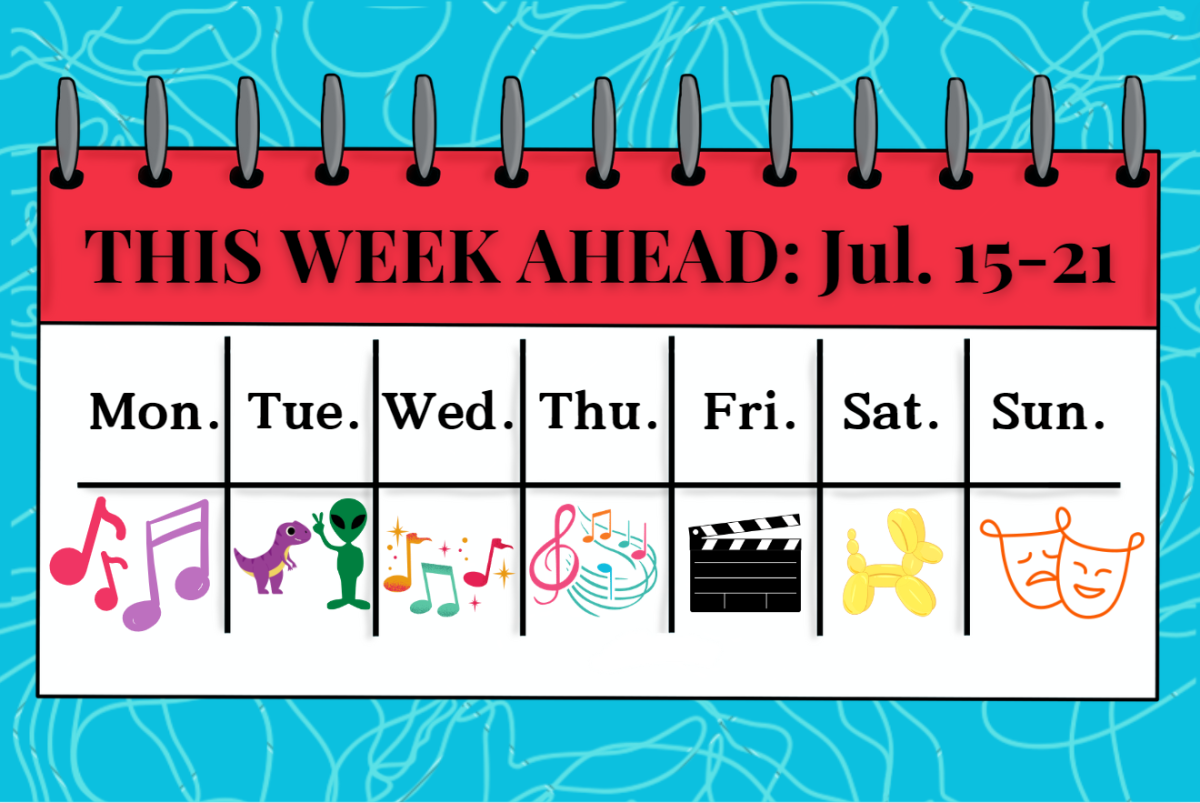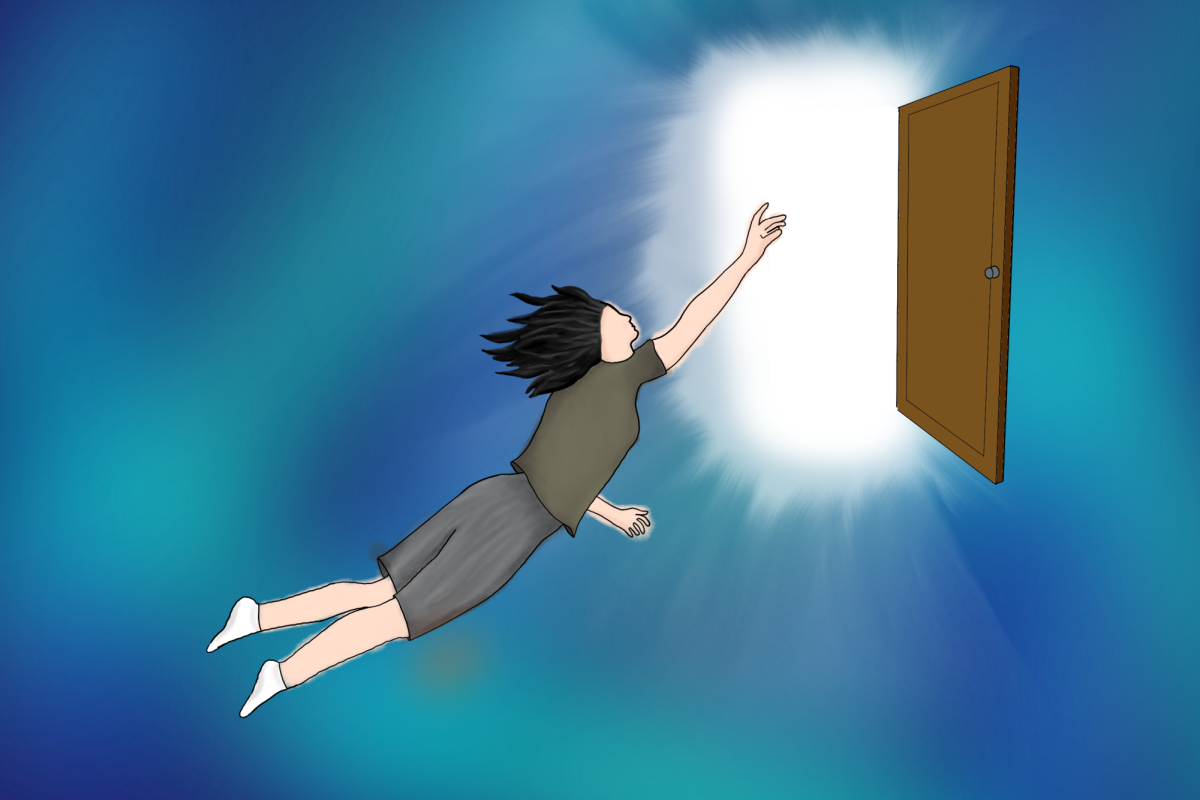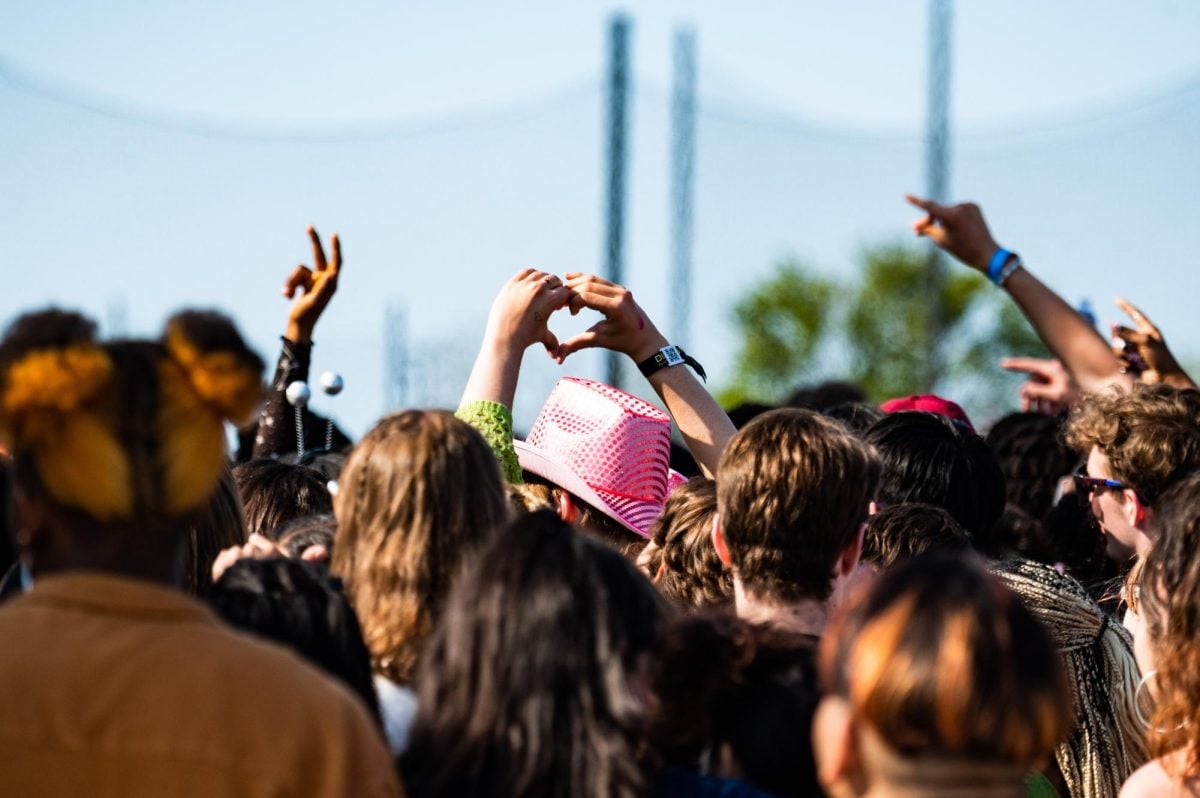Through all the years that Pearl Jam’s lead singer Eddie Vedder has stood as a pillar of the rock music realm, he’s never faltered from his Evanston roots.
Vedder has made Lollapalooza appearances, headlined Wrigley Field, and joked with audiences at the Chicago Auditorium Theatre about the Skokie Swift CTA line.
But Vedder isn’t the only Evanston-reared musical artist who’s now a household name. The city continually proves to be a source of musical creativity, a result of its proximity to Chicago and its community’s willingness to support aspiring artists.
Steve Kay, owner of local record store Vintage Vinyl Records, came to Chicago in the 1970s to complete his master’s degree at the Art Institute of Chicago. An avid music lover, he quickly noticed the city’s strong creative spirit.
“I would imagine it has to do with the placement of Northwestern being here. So the community in general, I think, tended to be a more artistic and intellectual community from my understanding of the history of the town,” Kay said.
Kay said one of his early experiences with the musicality of Evanston came from a group called Amazingrace Coffeehouse, which formed during Vietnam War protests in 1970.
After the University stopped serving hot lunches in the wake of the protests, Amazingrace Coffeehouse provided a space for students to cook meals for themselves and others in the Scott Hall kitchen. The space quickly transformed into a venue for student performers.
“Music was and continues to be important to all of us, but at the time particularly, it was a major part of our culture. It was not surprising that food led to music,” member Jeff Beamsley said.
The venue began to attract artists touring in the Chicago area, who were drawn by the “vibe” of the coffeehouse, and went on to book nationally known artists, including the Grateful Dead.
The coffeehouse had a kitchen with a serving counter, but did not have a bar, which is common for music spaces. Yet member Darcie Sanders said the absence of the bar allowed all ages to patron the venue.
“The main thing we did for the Evanston musicians was that we let them in,” Sanders said. “We had a lot of really young musicians come in here — top quality stuff in an intimate environment.”
Despite the burgeoning musical scene taking place in the kitchen of Scott Hall, Evanston music venues struggled with the emergence of MTV, said Sanders.
Yet in 2008, a live music hall dedicated to preserving Amazingrace’s legacy and Evanston’s musical culture opened: SPACE.
“(SPACE) told us unequivocally that this is why they started — to try and carry on the tradition,” member William Graessle said.
Davis Inman, the talent buyer for SPACE, said there’s a large influx of music and a lot of interest for artists to play at SPACE. The popular concert venues are constantly full.
Evanston native and professional musician Jason Narducy noted that this isn’t abnormal for Chicago. He said the sheer amount of musical artists in and around the city can be attributed to pockets of affordability in the area, giving musical artists the means to live.
“I remember seeing that there were eight concerts in one night in Chicago that were all indie rock, and they all sold out. It says a lot about this community,” Narducy said.
Narducy is a SPACE veteran. When performing for his hometown with his bands Bob Mould, Superchunk and Split Single, he said he often found peace in the aesthetic of the venue’s green room before his sets.
SPACE has even added features like a record player to their green room to make it more inviting for artists.
“That’s the part of a conducive setting that makes you feel comfortable. You can get into a good headspace and that’s so important to putting on a good show,” Inman said. “I think that’s very important to the creative process.”
Every few months, SPACE partners with a community non-profit organization that works to support local music. They co-brand and market with the organization, offering them opportunities for financial contribution.
Inman said the initiative provides a way to do something for the community beyond selling tickets to shows.
Their most recent partnership is with Girls Rock! Chicago, which provides music education programs for female, transgender and gender-expansive youth. The venue is hosting a benefit show for the organization Wednesday.
“You have a lot of creative-minded people here in different arts, in different disciplines,” Inman said. “For whatever reason, Evanston is a creative town.”
Email: [email protected]
X: @betsy_lecy
Related Stories:
— Seeking connection, college radio DJs put their own spin on community building
— Local band Daundry epitomizes indie, punk music in easygoing show
— Evanston band Alongside Harold’s country-Americana sound sticks to its local roots











